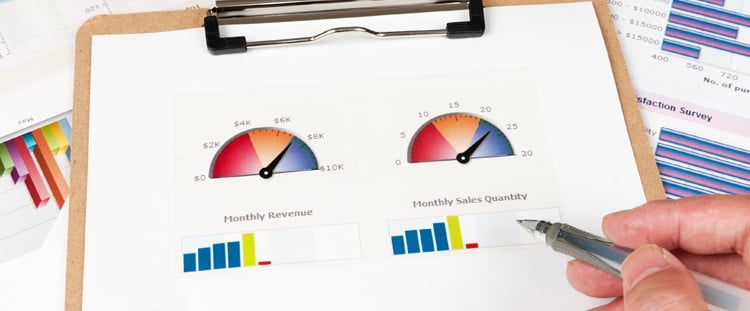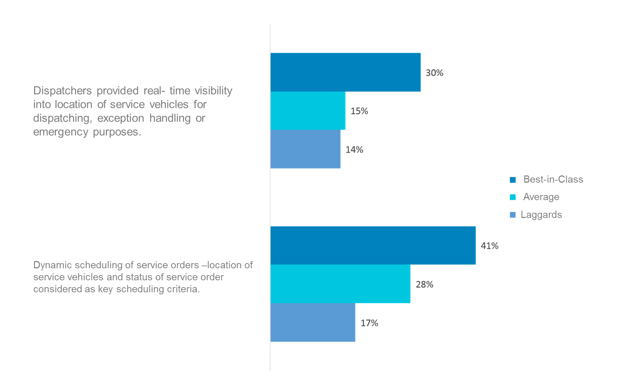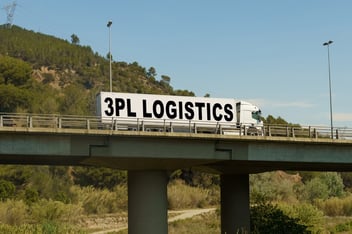 Good route optimization requires precise logistics performance metrics of each stop of its delivery fleet. Some of the stops a driver does in a day are planned (hopefully a big % of the days work), while others unfortunatelly depend of external factors such as traffic, access restrictions or may even be a result of a drivers decision.
Good route optimization requires precise logistics performance metrics of each stop of its delivery fleet. Some of the stops a driver does in a day are planned (hopefully a big % of the days work), while others unfortunatelly depend of external factors such as traffic, access restrictions or may even be a result of a drivers decision.
Last mile delivery companies need to abide by high customer service standards. However, if a company starts having problems with the performance of their drivers while on the road, and fails to comply with their work orders, it can put its delivery contracts in grave danger.
An important supply chain and logistics metric is the calculation of unplanned stops, benchmarking them with the stops initially considered in the route plan.
If we are tracking trucks for urban logistics, we realize that every time a driver makes an unplanned stop, he is delaying the entire route plan, and can jeopardize time windows and service levels. To analyze in detail these KPIs, we recommend you use a GPS or another device, that allows you to measure the time and exact location of each stop
How do I Monitor my Stops?
Food Logistics explains it in detail:
“When a driver stops his vehicle for a predetermined amount of time, the system will compare where he is to the list of planned stops and if it's within 1,000 feet, it will assume the stop is the actual one that the company gave him. The system will then update his actual arrival. It will also provide an update when he departs. These systems are also using GPS data to actually re-forecast the ETAs on all the remaining stops.”
With a good route optimization software, we can have a registry of where each vehicle stopped and compare these records with our original plan. This calculation can turn to a crucial management tool: let’s imagine a route where only 70% of its stops were planned. What was the driver doing for the 30% of remaining stops? We can't assume anything; supply chain managers must analyze this in detail.
There could be drivers who are forced to change the planned route. They could have found an incorrect delivery address or, for a reason, they managed to finish early and were just "making time" to fill the schedule.
Improve Route Optimization and Engage in Corrective Actions.
According to the Aberdeen Group study “Improving Productivity and Profitability through Service Fleet Management”, best-in-class supply chains in the United States are more likely to have real-time visibility into the location of service vehicles with dynamic scheduling, as they consider its use as key scheduling criteria.

Source: Aberdeen Group.
At the same time, 47% of transportation services companies in the United States are aware of real-time location of its employees through mobile devices. According to the Aberdeen Group, a cost of a poor driver behavior “not only results in a damaged vehicle but could also lead to a technician who may be delayed or unable to make an appointment due of an accident or traffic violation”.
Route Optimization Technologies are Crucial for Company Reputation.
According to the Panama magazine Capital Financiero, with the globalization of the supply chain and the use of third party logistics company's overseas, companies face many risks they like to reduce. Route optimization and careful planning of each stop are critical to negotiate with clients or suppliers, as this benchmark of supply chain performance is an important sign of how capable is the company to meet its demands, as they can present evidence that they are a low-risk operation.



